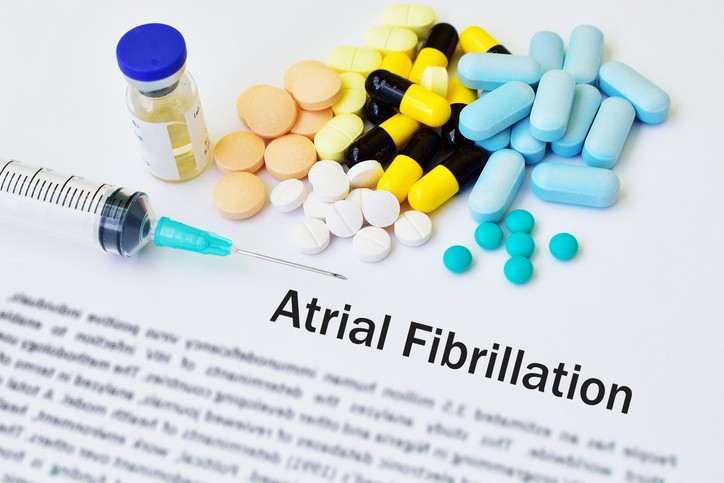A parachute comes in handy if you are hurtling toward the earth. Now, a tiny version is saving people with atrial fibrillation from stroke, and a lifetime of blood-thinning medications!
What is Atrial Fibrillation?
Atrial fibrillation or afib is a common condition marked by a quivering or irregular heartbeat called an arrhythmia. Having atrial fibrillation means being five times more likely to suffer a stroke. That’s because afib causes the heart’s upper chamber to beat irregularly.
As a result, the chamber may not empty completely. As blood collects, clots can form and go to the brain, causing a stroke.
How To Prevent a Stroke with Atrial Fibrillation
To prevent a stroke, people with afib are resigned to a lifetime of treatment with blood thinners, which reduce the risk of blood clot formation. Unfortunately, blood thinners can cause side effects and bleeding problems.
With the help of this new parachute-shaped device we are saving people with afib from a lifetime of stroke risk without medications.
WATCHMAN: ATreatment For People with Afib
It’s called a Left Atrial Appendage Occluder or LAAO, otherwise known as the WATCHMAN procedure. It’s the only FDA-approved device of its kind which is placed in your heart where blood tends to pool. The permanent quarter-sized implant closes off this part of the heart and keeps those clots from escaping while letting blood flow normally.
How it Works
- First, your physician makes a small incision in your upper leg and inserts a narrow tube. Similar to a standard stent procedure.
- Next, the implant is guided through the tube into your left atrial appendage under x-ray and ultrasound guidance.
- Then, the implant’s mesh membrane is spring loaded to expand to the approximate size of a quarter. This parachute-shaped mesh implant closes off the left atrial appendage; thus keeping the clots from escaping and causing a stroke.
- Heart tissue then grows over the implant in a few weeks and it becomes a permanent part of your body in 4 to 6 weeks. That’s when you can completely come off blood thinners.
- After the hour-long procedure is done under general anesthesia, patients typically stay in the hospital overnight and are discharged the following day.
In our center’s experience, we were able to stop Warfarin and other blood thinners in 99% of patients within 45 days and our success rate has been 99%! Because of this breakthrough procedure is covered for eligible Medicare patients meeting the criteria and also by an increasing number of commercial insurers.
Contact us at (402) 398-5880 to find out if this permanent closure implant is right for you. To learn more about the WATCHMAN device.





